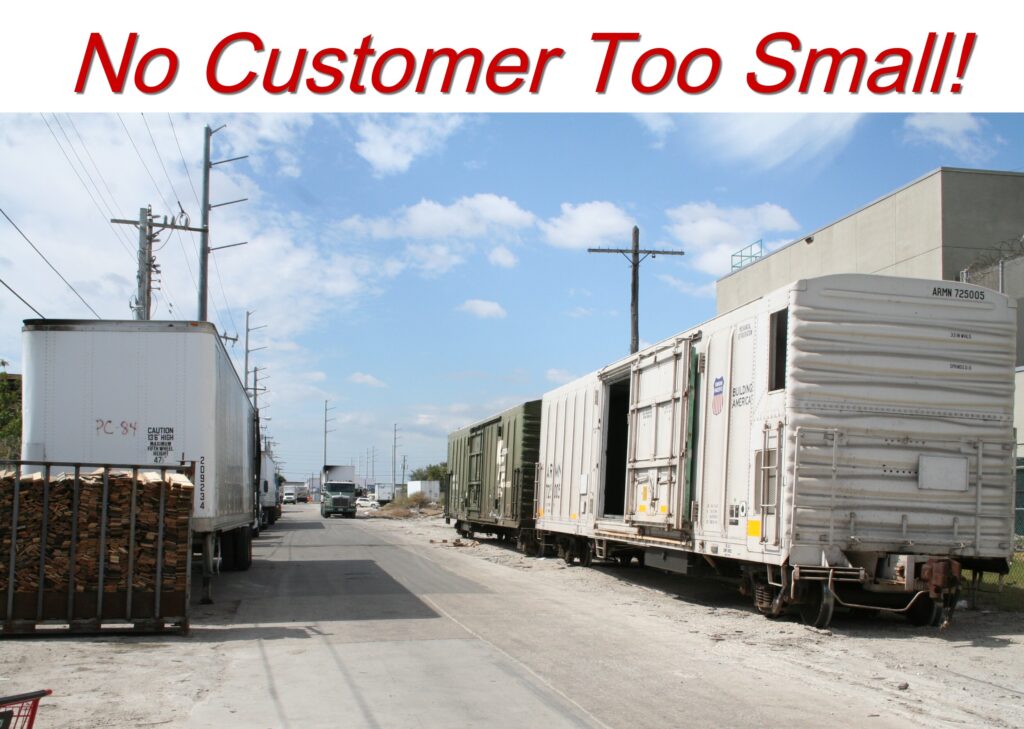
Last night I uploaded episode 9 of my Switching Operations 101 YouTube series. In this installment I illustrate how you can get the operational play value of three, reefer served, industries without a single turnout, spur, or structure being needed.
I’ve been very appreciative of the clarification and elaboration provided by the professional rails that follow the channel. Often this great information falls between the cracks in the comments section.
With respect to this episode, professional rail Tim Garland wrote, “
“A couple of things. On NS there is a minimum of two handbrakes applied and any additional if there is a grade involved. Over time the air brakes will eventually bleed off and if there is not a sufficient number of handbrakes applied the cars could roll away. Loaded cars are sealed with a thin metal band that has a number associated with the load. Cars that contain valuable shipments will also have an anti theft lock that requires a bolt cutter to remove it. After removing the EOT a conductor will either lay it on the ground or put it on the locomotive. Once you’re done switching, you can either use the runaround track to transport it to the rear of the outbound train or if during your switching moves you are at the rear place it then or you could couple to the train, pull the rear up to you, hang it, shove back off the crossings and perform the brake test. If it is just a transfer test traveling less than 20 miles back to the yard all the conductor has to do is walk them on to check for application. Once he reaches the locomotive the engineer can use the EOT to verify the brakes are released on the rear.” Thanks Tim!
You can see more of Tim’s excellent work on his Seaboard Central YouTube channel.
Lance, I think of a scenario like switching Salco. If it’s dead flat and they’re pulling two empties and spotting two loads, I wonder if they still need to set any amount of handbrakes on the empties while spotting the new cars?
I’ve wondered the same thing but the pros are consistent on this…hand brakes need to be set. No exceptions.